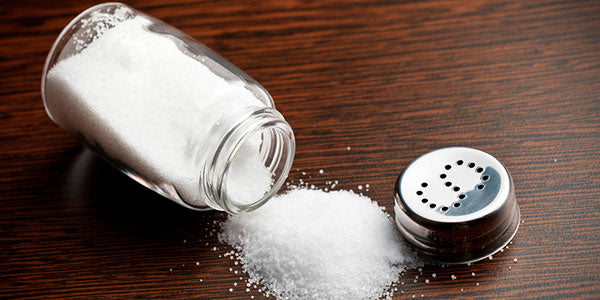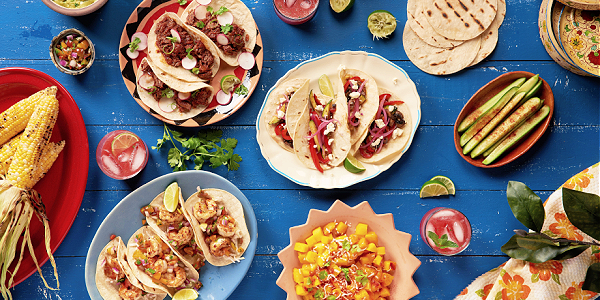
The general recommendation of sodium intake is 2,400 milligrams (mg) per day or 1,400 mg if directed by a medical provider, commonly related to high blood pressure. Oftentimes, when individuals hear to reduce their sodium intake, they typically only think to remove the salt shaker from the dinner table. However, there are unlikely sources of sodium that are overlooked. Reduce total sodium intake by discovering seven surprising foods with a lot of salt.
7 Surprising Foods with Lots of Salt
1. Canned Vegetables
People often get hung up on this one. How can vegetables be "unhealthy" and filled with salt? The canning process allows for long shelf life but in turn, the sodium content can be astronomical. To reduce the sodium, drain and rinse the veggies before using.
2. Frozen Vegetables
Like canned veggies, frozen vegetables bathed in any sort of sauce can be loaded with salt. To avoid the excess sodium, for example, choose plain broccoli over broccoli in a cheese sauce. Utilize the nutrition label to confirm if any salt has been added.
3. Lunch Meats
Although processed meats such as bacon and sausage have poor connotations related to them anyways, even packaged lean meats should be used with caution. Chicken and turkey lunch meats can be filled with salt. Limit the sodium of your turkey sandwich by purchasing meats freshly shaven by a butcher.
4. Cheese
The majority of cheeses found in stores are filled with sodium. Additionally, cheese-containing foods found in restaurants also contain a high amount of salt. Try to avoid cheeses found in jars, as they contain the most sodium. Look for more natural cheeses for all your pizza and sandwich creation needs.
5. Sauces
Despite the nutrient-rich, red color of pizza and pasta sauces, they have a high chance of containing loads of salt. If the chance exists, prepare homemade sauces for better control over the ingredients and salt. It is important to stay weary of condiments and other dipping sauces, too.
6. Salad Dressings
People often assume any sort of salad has to be healthy. However, salad dressings can be filled with not only fat and sugar, but salt as well. Offer the salad additional flavor with an olive oil and/or vinegar base.
7. Soups
Either canned or an instant mix, soups are bursting with sodium. Even a "healthy" vegetable soup contains a high amount of sodium. Since draining the soup would be ridding the flavorful broth, try preparing them yourself or look for soups with reduced sodium.
Ultimately, avoiding all of the listed foods can be tough. Instead of an entire elimination, limit their consumption or stick to the serving sizes. If purchasing packaged foods, pay attention to the nutrition facts label and the Percent Daily Value (%DV), or how much sodium is in one serving. As a general rule, 5% DV or less of sodium per serving is low while 20% or more of sodium is high. Increasing the intake of fresh produce can also reduce the total intake of salt. However, the body does in fact need salt, just not an excess. It is important to not go on the opposite end of the spectrum and remove salt entirely.







